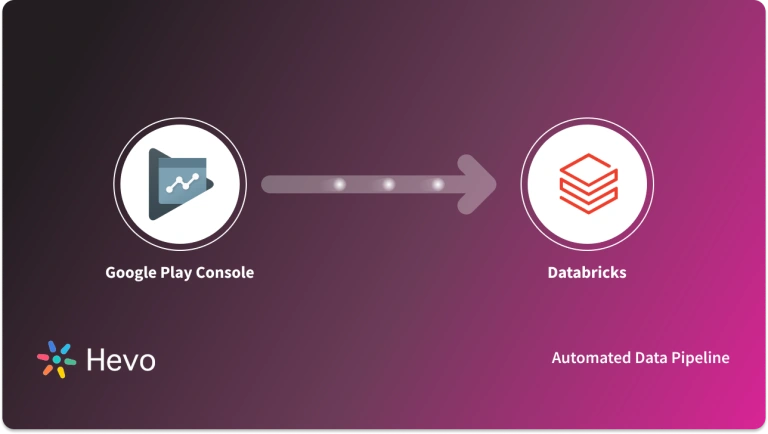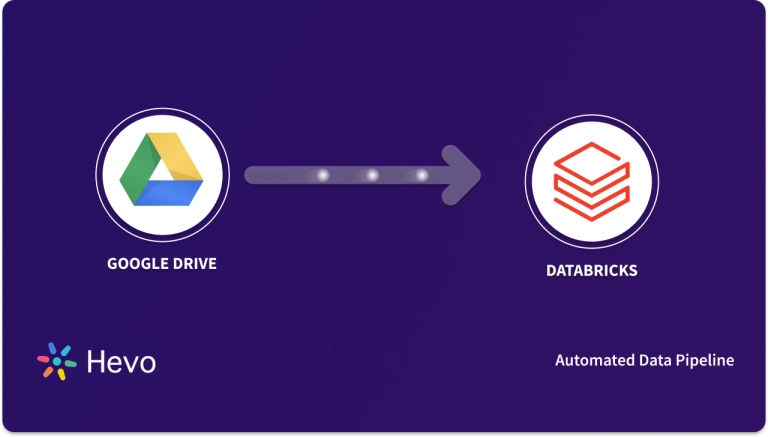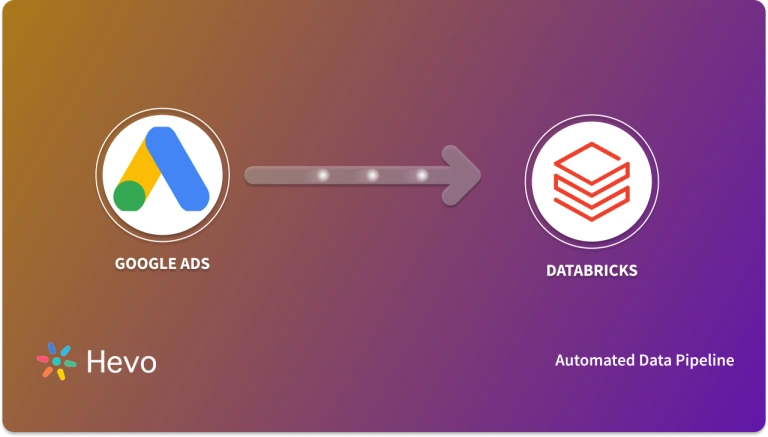 Key Takeaways
Key TakeawaysMigrating MySQL to Databricks offers two approaches:
Method 1: Using Hevo
Step 1: Configure MySQL as the source and Databricks as the destination in Hevo’s no-code UI
Step 2: Automate five-minute syncs, schema mapping, and transformations with zero code
Step 3: Scale across 150+ connectors and rely on 24/7 support for uninterrupted pipelines
Method 2: CSV Export/Import
Step 1: Use mysqldump to export tables as CSV, then upload files via the Databricks UI
Step 2: Manually adjust data types, delimiters, and headers before creating tables
Step 3: Understand that this route is time-consuming, error-prone, and lacks real-time updates
Unlock the full potential of your MySQL data by integrating it seamlessly with Databricks. With Hevo’s automated pipeline, get data flowing effortlessly. Watch our 1-minute demo below to see it in action!
Migrating data from your MySQL to BigQuery is vital for companies with large datasets that do Online Transaction Processing(OLTP). This migration process can often be daunting for those who lack coding knowledge or users who are not as experienced with building pipelines. Therefore, in this blog, we have provided you with 2 easy step-by-step guides on how you can migrate your data from MySQL to BigQuery.
Table of Contents
Why Migrate from MySQL to Databricks?
- Improved Transaction Management: Databricks offers robust transaction handling with its DBIO package, ensuring reliable commits and minimizing the risk of data corruption, unlike older MySQL versions.
- Enhanced Performance Scaling: While MySQL struggles with handling multiple operations simultaneously, Databricks uses the unified Spark engine for efficient scaling, processing large datasets and complex queries.
- Support for Advanced Analytics: Databricks integrates machine learning, stream processing, and advanced analytics seamlessly, offering capabilities beyond MySQL’s traditional database functions.
- Unified Data Platform: Databricks enables ETL, data warehousing, and advanced analytics in one platform, streamlining workflows and reducing the need for multiple tools.
Looking for the best ETL tools to connect MySQL to Databricks? Rest assured, Hevo’s no-code platform helps streamline your ETL process. Try Hevo and equip your team to:
- Integrate data from 150+ sources(60+ free sources).
- Utilize drag-and-drop and custom Python script features to transform your data.
- Risk management and security framework for cloud-based systems with SOC2 Compliance.
Try Hevo and discover why 2000+ customers have chosen Hevo over tools like AWS DMS to upgrade to a modern data stack.
Get Started with Hevo for FreeMethods to Replicate Data from MySQL to Databricks?
You can replicate data from MySQL to Databricks using either of the two methods:
Method 1: Connect MySQL to Databricks Using Hevo
Method 2: Replicating Data From MySQL to Databricks Using CSV Files
Method 1: Connect MySQL to Databricks Using Hevo
Step 1: Configure MySQL as a Source
Step 2: Configure Databricks as a Destination
Once your MySQL to Databricks ETL Pipeline is configured, Hevo will collect new and updated data from your MySQL every five minutes (the default pipeline frequency) and duplicate it into Databricks. You can adjust the pipeline frequency from 5 minutes to an hour, depending on your needs.
Method 2: Replicating Data From MySQL to Databricks Using CSV Files
Connecting MySQL to Databricks using CSV files is a 3-step process. Firstly you need to export data from MySQL as CSV files, then export the CSV files into Databricks and modify the data according to your needs.
- Step 1: Users can export tables, databases, and entire servers using the mysqldump command provided by MySQL. This command can also be used for backup and recovery. Below is the command which can be used to export data as CSV files from MySQL Tables:
mysqldump -u [username] -p -t -T/path/to/directory [database] [tableName] --fields-terminated-by=,The above command will make a copy of tableName at the location you specify in the command.
- Step 2: In the Databricks UI, navigate the Sidebar menu and click on “Data”. You simply need to click on “Create Table”, drag the CSV files in the drop zone, or browse the files from your local computer and upload them. Your path will be like this after uploading: /FileStore/tables/<fileName>-<integer>.<fileType>. You can access your data by clicking the “Create Table with UI button”.

- Step 3: After uploading the Data to the table in Databricks, you can modify and read the data in Databricks as CSV.
- You must select a Cluster, click on “Preview Table”, and read CSV data in Databricks.
- The data types are read as a string by default. You will need to change the data type of your attributes to the appropriate ones.
- You can update your data from the left navigation bar. It has the following options:
- Table Name: It helps you change the name of the table.
- File Type: You can choose file types such as CSV, JSON, and AVRO.
- Column Delimiter: It represents an attribute separating character. For example, in the case of CSV ‘,’ is the delimiter.
- First Row Header: You can select the first row’s column as the header.
- Multi-line: With the help of this option, you can break the lines in the cells.
- Once you have configured all the above parameters, you need to click on “Create Table”. You can read the CSV file from the cluster where you have uploaded the file.
Challenges Faced While Replicating Data
For the following situations, using CSV files may not be ideal
- Two-way sync is required to update the data. You will need to perform the entire process frequently to access updated data at your destination.
- If you need to replicate data regularly, the CSV method might not be a good fit for you since it’s time-consuming to replicate data using CSV files.
Here are some other migrations that you may need:
- MySQL on Amazon RDS to Databricks
- MySQL on Amazon RDS to PostgreSQL
- MySQL on Amazon RDS to Redshift
- MySQL on Amazon RDS to Snowflake
- MariaDB to Databricks
Conclusion
In this blog, we have provided you with 2 step-by-step methods on migrating data from MySQL to Databricks. This is a vital integration for organisations performing Online Transaction Processing(OLTP). It brings in numerous benefits in regard to transaction management, performance scaling, and advanced analytics due to Databricks’ DBIO package and unified Spark engine.
Although both methods we have provided are effective, we recommend using Hevo’s no-code pipeline tool that streamlines the entire process from real-time replication to transformation without needing to write a single line of code.
Sign up for a 14-day free trial with Hevo and streamline your data integration. Also, check out Hevo’s pricing page for a better understanding of the plans.
FAQ on MySQL to Databricks
What do Databricks do exactly?
Databricks is a unified data analytics platform built on Apache Spark, enabling users to perform ETL, machine learning, and real-time analytics while providing scalable cloud-based processing capabilities.
What is <=> in MySQL?
<=> is the NULL-safe equal-to operator in MySQL, which returns true even when both operands are NULL, unlike the regular = operator.
How to use <> in MySQL?
<> is the not equal to operator in MySQL, used to filter records that don’t match a specific value, for example: SELECT * FROM table WHERE column <> 'value';.
You can employ Hevo today and enjoy fully automated, hassle-free data replication for 150+ sources. You can sign up for a 14-day free trial, which gives you limitless free sources. The free trial supports 50+ connectors up to 1 million events per month and spectacular 24/7 email support to help you get started.
















